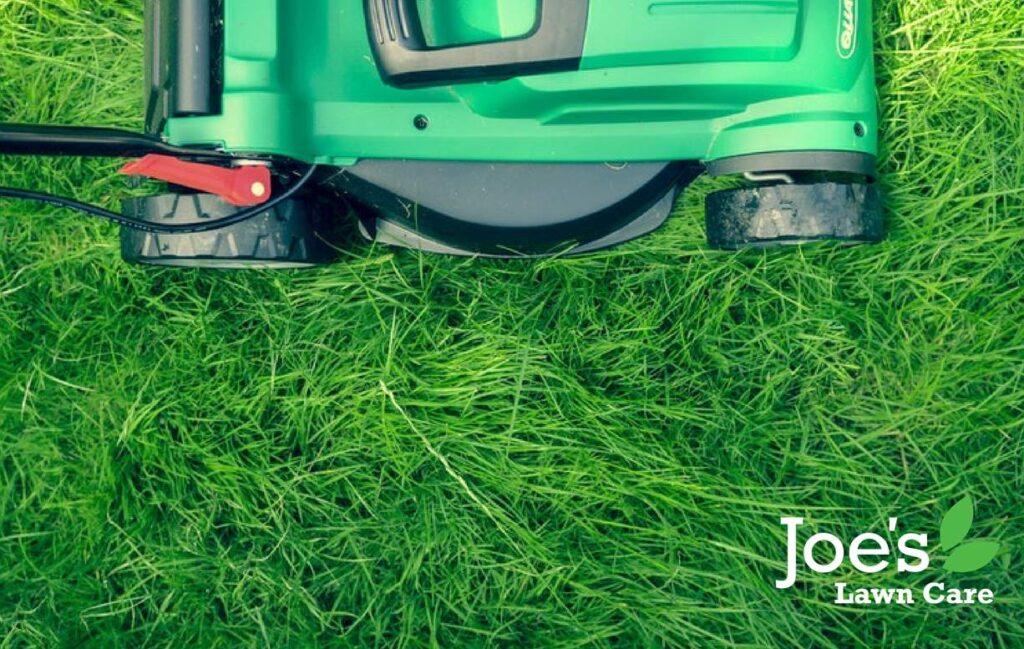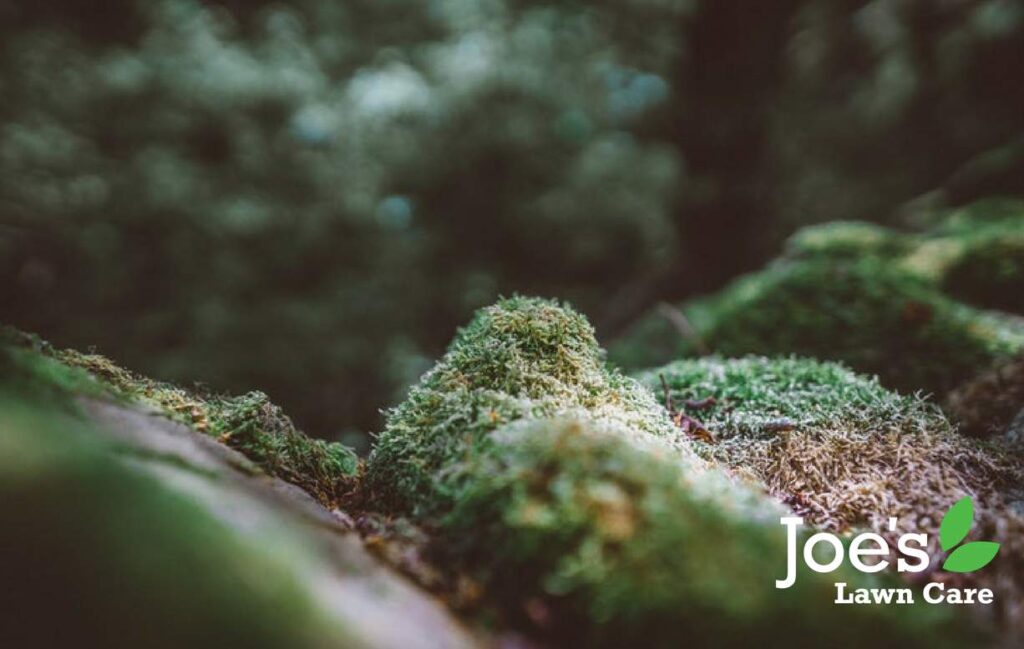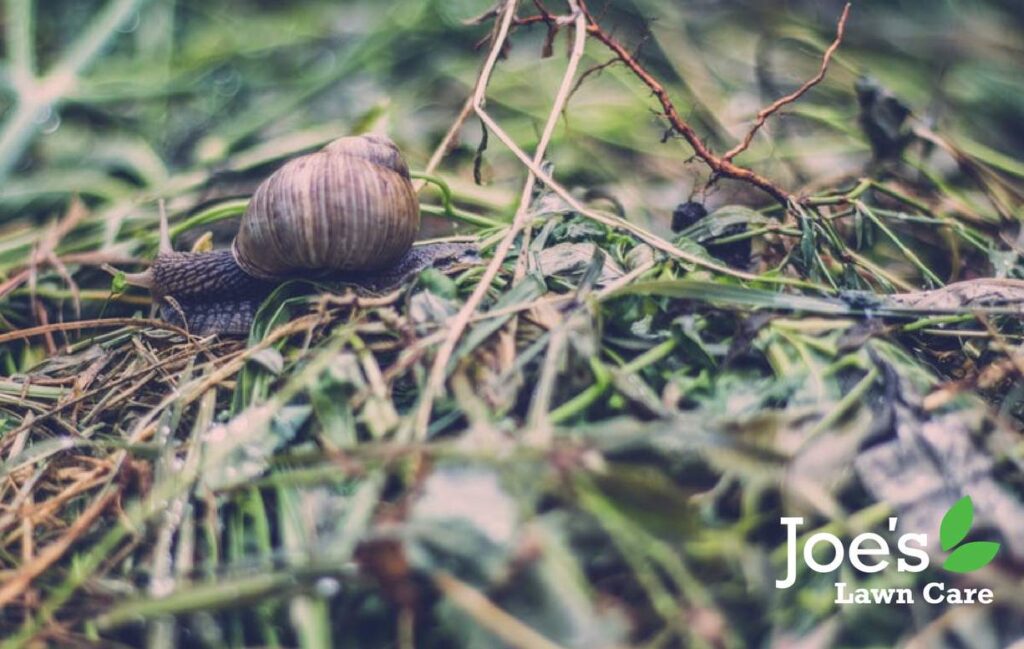Your Ultimate Guide To March Gardening
If you have the memory of an elephant, then you might-possibly-maybe remember that, once upon a time, we use to post an ultimate guide to [enter relevant month] gardening blog. But then December came along and things in your back garden started to slow down more than your Granny entering a 20mph speed limit, and it stayed slow right the way through January and Feb.
But all that is about to change because March is just around the corner, which is basically a polite way of saying “the busy season is back and that to-do list of yours is going to start getting longer and longer and longer”.
Luckily, we’re here to help you get your gardening mojo back, get the restoration process moving, encourage lawns to start thriving and put the pleasure back into all things groundskeeping. And it starts with our ultimate guide to March gardening:

-
Keeping Lawn & Order
Thanks to your semi-frostbitten fingers and toes (and extortionate heating bill), you’ve probably noticed it was a cold winter. Like really cold. Like the ice on Donald Trump’s heart kind of cold. Which means your grass probably hasn’t grown much, if at all. What’s more, it doesn’t look as though we’re due a sprinkling of tropical weather any time soon. That said, we still recommend you head to your shed, dust off your mower and take it out for its first spin, setting the blades to high and lopping off the tops of your grass blades. Yes, it is early, but there’s plenty of benefits to be had:
- You get to tidy up your lawn a little.
- See if your mower is still running like a dream.
- You get to see if your blades need a quick sharpen.
- And, best of all, you get to enjoy the best smell on planet earth: fresh cut grass. Mmmm.
-
Mow Problems, Man
We alluded to some mowing maintenance needs above, but having read it back, we quickly realised it probably deserves its own section. So, other than sharpening the blades and making sure your beloved mower is still ticking along nicely, there are a few other things you can be doing and it all starts with rifling through your Man Drawer and digging out your mower’s manual. Once you’ve done this, flick through to the page that tells you a) how to change the oil, b) how to change the spark plug and c) how to clean the air filter. Of course, if the idea of you mending a machine makes your stomach curdle more than school custard, then just take your mower to a service shop, before the queues get long and the wait times get tedious.
-
One Disease To Rule Them All
Snow mould. That’s pretty much the only disease your garden might have to worry about at this time of year; a disease that thrives off thawed snow and damp weather. That said, you might find fusarium (which is the scientific name for it) starts to rear its u-g-l-y head for a couple of other reasons, such as your grass being in poor health, there not being enough air circulation, the soil being too compacted or the rainy weather being more consistent than England’s poor performance during the Ashes. Anyway, if your lawn is rife with this rotten disease, the best thing you can do is a little bit of scarification followed by a bit of fungicidal treatment. That should do the job.
-
Hold Off On The Fertiliser
We know how tempting it is to get ahead of the curve and get your lawn benefitting from an early application of fertiliser, but you should try and hold off until April when the world gets a little bit warmer. Sure, the early bird catches the worm, but it’s the second mouse gets the cheese. If you absolutely have to do something to make your grass a touch greener and tougher (without making it grow too much), then do what Keen Kevin does and add a little bit of lawn hardener. Your grass will look lusher, your turf will be more resilient and, get this, it’ll be way more effective at quashing any disease-based uprising (#winning).

-
The Matter Of Moss
Much like with the whole fertiliser-thingy, we recommend you hold off on any moss removal efforts until things warm up a touch. When that happens, the best way to control your moss issues is to blast your mossy-lawn with ferrous sulphate killer and then rake it out a couple of weeks after so that the grass recovers in the best possible way.
-
Aeration For The Nation
From the middle of the month onward, you can start using your spiked shoes/pitch fork/garden fork/rolling aerator (delete accordingly) to relieve compaction and allow both water and nutrients to get to the roots. It’s so simple and yet so crucial. Of course, if manual labour and raising your heart-rate a smidgen isn’t exactly your idea of a fun Sunday, then you could always give us a call and get a free quote. It’s totally up to you.
-
What About Watering?
To put into simple terms: don’t worry about it. Not just yet anyway. It’s just too cold still, and that means any water you spray will probably freeze at night (when the temperature plummets faster than Trump’s approval rating) which, as you probably know, is not going to help out any lawn.

-
Slug It Out Some
March is the month when slugs start to crop up everywhere, which is bad news for your new growths. Our advice: start plonking down a few organic pellets where your slug problem is most rife. By using organic pellets, you’ll keep your problem under control without harming the other forms of wildlife in your back garden. If, however, you aren’t keen on the whole pellet thing, try a slightly more alternative method, like growing hostas in pots. Whatever you choose, you’re going to need to slug it out this month.
Thanks for reading Your Ultimate Guide To March Gardening. For more lawn care tips and tricks, follow us on Facebook and Instagram.





